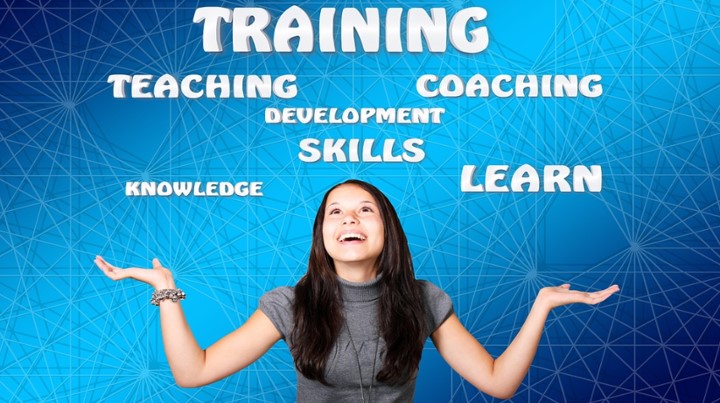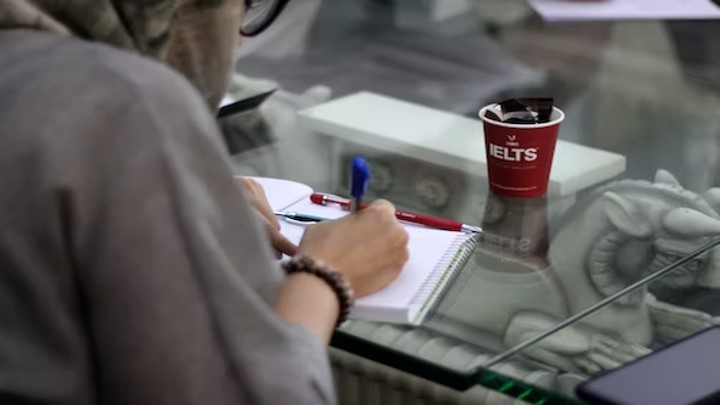Last Updated on April 22, 2023 by Uncle Pat Ugwu
Our classroom is a dynamic place, it brings together students from different settings who are with various personalities. It is required for an effective teacher to be able to implement creative and innovative gold teaching strategies to meet up with students’ individual needs.
Irrespective of your teaching experience over the years, choosing the best gold teaching strategy or what will work best for them can be a difficult task, especially for a new teacher.
The truth is that there is no “one size fits all” solution, therefore, we list the range of effective teaching and learning models.
1. Visualization
With visual effects, you can bring gloomy academic concepts to life. Displaying Graphics, playing audio and video clips as well as using an interactive whiteboard to show images and maps can help students understand.
There is this popular saying that says that “people retain 10% of what they hear, 20% of what they read, and 80% of what they see and do”. This is because the human brain processes visuals better than written words.
Visualization helps students to understand the concept better than just spoken or written words.
2. Inquiry-Based Instruction
Another teaching strategy is by posing thought-provoking questions. This inspires students to think for themselves and develop the skill of independent learners. It is good to instigate students into asking questions and investigating their own ideas, this help to improve their problem-solving abilities.
Inquiries can be scientific or mathematically based. Whichever approach or dimension you are taking, just ensure that it encourages students to express their unique views.
3. Differentiation
Far more than simply dividing the whole class into two or three groups based on attainment, positive and effective differentiation in the class would be to split them into smaller groups based on their capabilities. Summative together with formative assessments will help you to understand your student’s capabilities.
Teachers can use the differentiation method to allocate tasks based on students’ abilities, this is to ensure that no one is left behind. Assigning classroom activities based on students’ unique learning needs will help those with higher academic capabilities to be stretched enough to show their potential. While those who are struggling academically get suitable support.
Poor differentiation strategy may risk widening the achievement goal.
4. Behavior Management
Effective classroom management is a topic of its own, but no doubt, a well-behaved class is more likely to help students to engage with lessons.
Implementing an effective behavior management strategy is important to gain respect from your students. This will ensure that students have an equal chance of reaching their potential.
A noisy and disruptive classroom won’t encourage learning productivity, but mutual respect and discipline can be beneficial for both teachers and students.
5. Technology in Classroom
The importance of technology in education has proved to be profitable. Knowing the appropriate time to bring technology into the classroom is a delicate issue.
So, technology incorporation into classroom activities is a great way to actively engage students. Interactive whiteboards, tablets, and smartphones can be used to access and present educational materials.
It is significant to note that students are more interested in technology than the lessons in technology. Therefore, monitoring their activities when they are using technology in the classroom should be the priority.
6. Professional Development
Regular engagement of teachers in professional development programs will be a great way to enhance their teaching skills. As educational policies continue to change, it is useful to organize seminars and workshops for teachers’ professional development.
This may include new educational technologies, online safety training, adopting the best teaching strategies, and so on. It is actually challenging to be an effective teacher because every student is unique and learns differently.
Teachers should also make out time to interact and collaborate with their colleagues.
7. Providing Recognition
Motivating students with a prize or even words of praise encourage them to put more effort into their learning activities. Praise and recognition are motivating factors for them.
Sometimes, students may make mistakes and will not get the answer correctly. Correcting them with love will boost their morale and encourage trying again in the future.

8. Personalized Learning
Personalized learning may sound obvious to every teacher, but pupils are more engaged when learning is targeted and appeal to their interests. Achieving this may be difficult at first, but familiarity with the students over the years will make it easier for teachers.
Giving individualized assignments to students will help them to think and develop their capabilities. This Gold Teaching strategy has lots of advantages.
9. Collaborative Learning
The idea of cooperative or collaborative learning is not new for most teachers. But the EEF notes that “the impact of group work can vary widely, and that to make it most effective, teachers should focus on well-structured tasks that promote talk and interaction between pupils.”
Competitive collaborative learning has actually shown to have some good impact on students. Teachers are advised to be cautious about this to avoid students from focusing more on the competition instead of on the learning.
10. Problem-Solving Techniques
The problem-solving technique may not always come naturally to students; while metacognitive (“thinking about thinking” e.g. question and answer section) strategies make it likely that students will be capable of applying critical thinking to a problem. There is no way to ensure that it will happen.
Explicit thinking skill is very important because they will help the student to develop problem-solving abilities. This ability is a good and effective teaching strategy that is mostly applied in the classroom. Learning how to become a computer coding teacher will improve your problem-solving skills.
11. Feedback Process and Understanding
Finally, another one in our gold teaching strategies on our list is feedback. It has to be specific, encouraging, and actionable to students’ needs. This will help the teacher to know where they have specific needs and how to help them out.
Feedback from the parents and guardians is also encouraged to understand pupils and students better.
Please check out these inspirational educational quotes below: Kindly subscribe to our YouTube Channel.
Final Thoughts
To maximize students’ potential, these gold teaching strategies should be followed with every sense of carefulness. Teaching is an indispensable sector of every society and so should be given good attention.
You can learn more on this topic by visiting EEF Teaching and Learning Toolkit. We also have some short courses that you can take to improve your teaching skill and advance your career.
Please use the comment section below to ask your question or share your view. Consider joining our Facebook Group to meet with other great teachers who are interested in EdTech. Also, subscribe to this blog by email and through our YouTube and Telegram Channels to receive regular EdTech and DigiLit updates.







